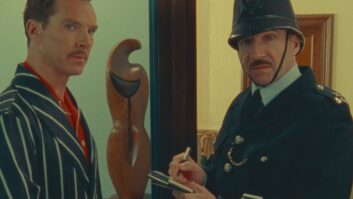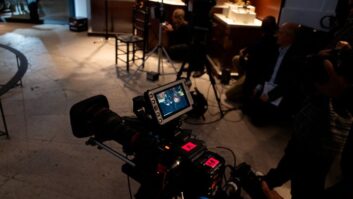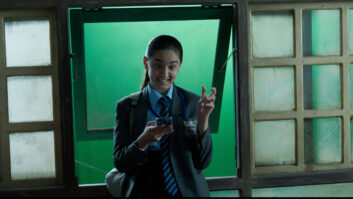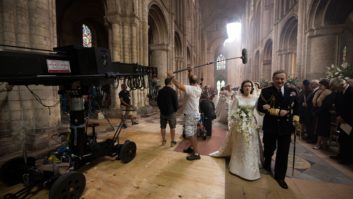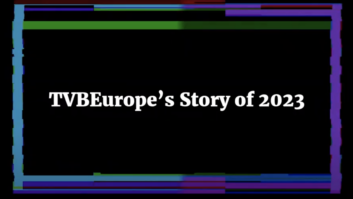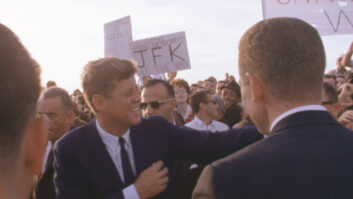Launching on Channel 4 tonight, The Jury: Murder Trial is a four-part series following the restaging of a real-life murder trial re-enacted word for word in front of two juries of ordinary people, neither of which knows about the other.
The social experiment, produced by ScreenDog, aims to give viewers a glimpse of the life-changing decisions made in jury rooms every day up and down the country.
The idea for the series began during the Black Lives Matter protests in 2020 when Ed Kellie, founder and exec producer at ScreenDog and Harry Smyth, head of development, were thinking about personal and unconscious biases and where they would have the most dramatic effect.
“It was one of those lightbulb moments in TV,” Kellie tells TVBEurope. “I immediately called a lawyer to see if / how we could do it for a real case. We were developing lots of crime at the time and had lots of cases in mind.
“We knew immediately that viewers looking over the shoulders of jurors in a real murder trial would undoubtedly resonate with audiences,” adds Fiona Fletcher, the company’s head of production and welfare. “It was in discussions with Channel 4 that the idea of having two juries, unknown to each other simultaneously judging the same case came about.”
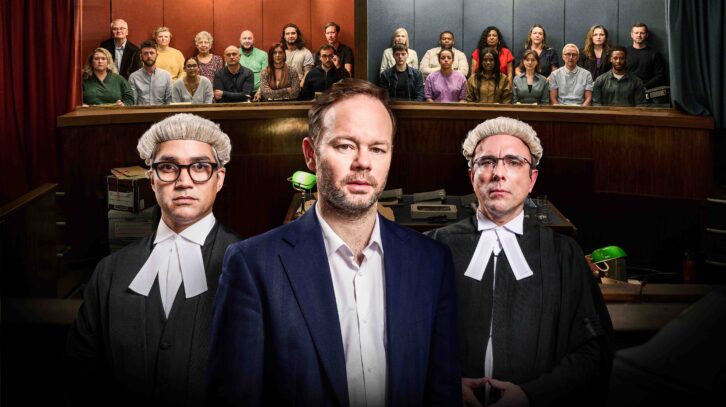
Attempting to have two juries listen to and deliberate at the same time, without knowing the other is there, is no small feat. First of all, the team needed to find a courthouse with a courtroom big enough for both jury boxes as well as two entrances that could be hidden from each other. Shire Hall in Chelmsford had two staircases leading to smaller courtrooms which were converted into jury break-out and deliberation spaces, but it had just one main entrance.
“The juries met in separate off-site locations every day and our ushers lead each jury as separate groups to the courthouse all coordinated by comms,” explains Kellie. “From there they were always accompanied during bathroom breaks. Food was brought to them, and all corridors were kept clear of crew when the juries were moving, for an authentic juror experience.
“On the first session of courtroom filming on the first morning, we almost got caught out when inside their boxes – one of the jurors needed the loo and we had to stop the whole court (pretending there was a technical issue).”
The production team included 85 people on set, plus 24 jurors and 14 actors and supporting artists. ScreenDog employed two factual rig teams, one for each jury. The action was shot using a combination of Sony FX9s and Panasonic UE150 cameras. “The FX9s were configured for drama when covering reconstructive elements and ob-doc style when used to augment the fixed rig coverage,” explains Henry Coulham, MD at Hotcam, who worked with ScreenDog on the project. “We opted to record in 1080 because of the sheer amount of data being produced.”
With 16 rig cameras, 24 juror mics, ambient audio records, drama footage, PSC rig coverage and master interview footage, the team knew the interface between location and edit to sync, ingest and log / transcription all needed to be incredibly efficient. “The solution was to interface Hotcam’s timecode infrastructure and rig with post production by bringing The Edit (the name of our post facility) to location and ingesting on sight where any sync issues could be identified and fixed immediately,” adds Coulham.
Hotcam’s Shure Axient Radio Mic array was deployed throughout, alongside strategically placed ambient microphones. The audio was mixed across three galleries: one for each jury and another for the courtroom. Mic’ing up the jurors each day was a serious operation and took 45 mins per jury per day.
The series was edited on Avid Media Composer with a mixture of traditional in-house edits and secure remote edits. “All of the edit producers had their own Avid system so they could easily search through rushes, pull sequences for the editors and also review edited scenes,” says Dave Austin, colourist and managing director at The Edit. “Media Composer has very in-depth grouping and syncing capabilities aimed at handling the most complex audio setups. With a hybrid of drama, PSE and actuality shooting, all with very different priorities, we made extensive use of all the syncing tools Media Composer has.”
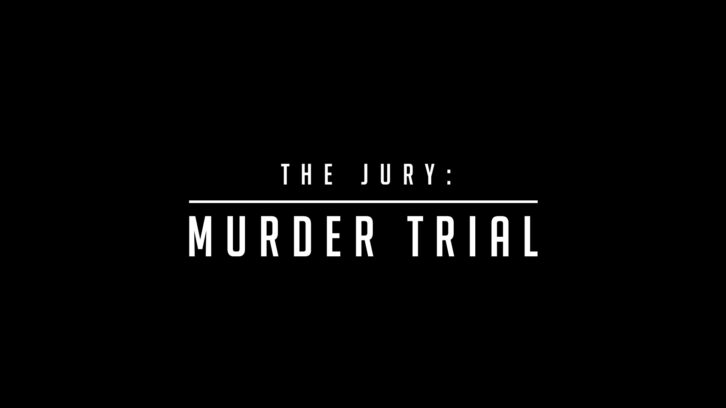
With two full weeks’ worth of dialogue from 24 contributors, the team employed AI transcription service, Trint, enabling them to search through huge amounts of dialogue quickly. The technology also provided an integrated paper-edit facility which allowed edit producers to highlight text and see the resulting video edit right away, cutting edit-prep times down considerably.
The Jury: Murder Trial is a rare hybrid of drama, real-life actuality and reconstruction, which meant the team had to think carefully about how to treat the various elements. Colourist Austin worked closely with Kellie to create a visual vocabulary that would subtly signpost the chronology and feel right for each situation. “For the courtroom scenes, the drama team created a gorgeous, rich, warmly-lit look on-set and we wanted to honour and augment that, opting for high-contrast and strong shadows,” explains Austin. “But this had to cut seamlessly with the juries who were watching the drama throughout. The connection between the jurors and the acted drama is palpable and I think we pulled off a look that really works with that.”
Reconstructed murder scenes have a kind of bleached, desaturated, low-contrast look, whilst everyday scenes with the jurors out in their normal lives were graded to feel vibrant yet naturalistic. For master interviews, Austin made use of Davinci Resolve’s AI face refinement. “I tend to use very subtle amounts of many different techniques, and they all add up to something that is striking but feels natural. I used the AI tool to track faces and refocus the eyes just a little, whilst subtly softening skin,” he adds.
Austin and Kellie also used reconstructed home-video footage, shot on an iPhone. “We felt that modern iPhone footage is too good looking and so we deliberately lowered the bit-rate and bit-depth, introducing pixelation and quantisation noise to create an older home-video look,” says Austin. “iPhone footage is normally 30fps and would normally need standards conversion – but we opted to let it be a bit more jerky, adding to the feel.”
Asked what the biggest challenge of the project was, Killie and Fletcher say it was the sheer scale: “Juggling the storytelling of a complex trial drama of a 700-page trial, the stories of 24 jurors reaching personal verdicts and the two jury group dynamics as they battle to persuade each other. Editing that to feel coherent and gripping was a challenge requiring serious scripting and planning on both the drama and factual side.
“The drama is convincing, the jury stories are compelling – and the whole thing plays out in a single epic four narrative,” they conclude.
The Jury: Murder Trial begins on Channel 4 at 9pm tonight, and follows over the next three nights.

